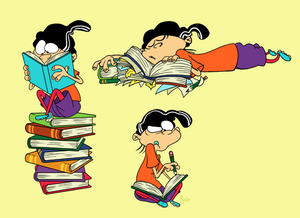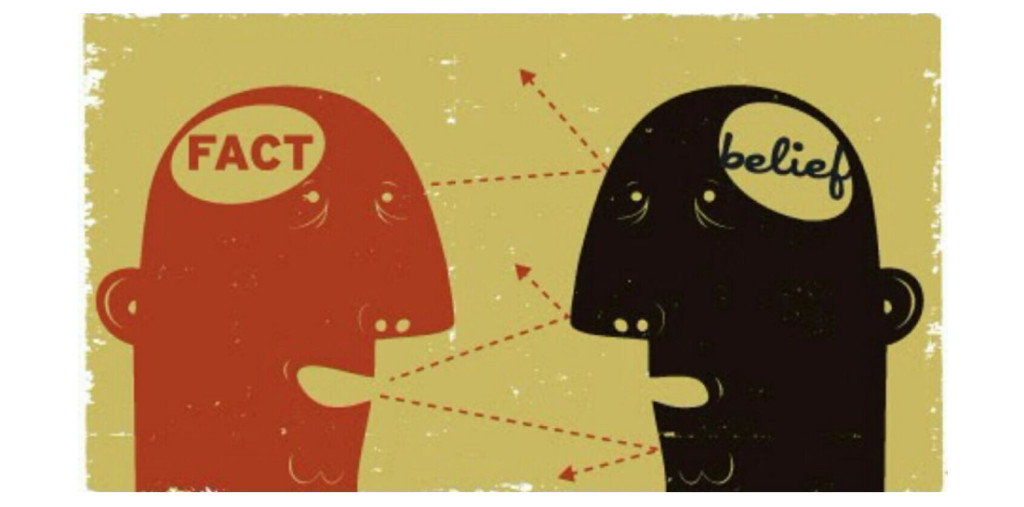“Why are even the smartest among us so bad at making judgments about what to trust on the web? And how can we get better?”

Steinmetz writes in her article that it is so easy for people to believe fake news on the internet nowadays. Whether it’s due to doctored images, tweets from fake organizations, or fake tweets made to look like they’re from real organizations, the cycle of fake information can happen incredibly fast. Social media is especially concerning in how fast fake news spreads, since those platforms are built for quick, short messages that get information across to the masses as fast as possible. Steinmetz looks at an experiment performed by a Stanford psychologist named Sam Wineburg on how people check if a source/headline is true, if at all. They tested university professors, as well as everyday students and people, but there was a good chunk of them that could not deduce that the article they read was fake. In the end, fact-checkers ended up being the most detective-like when researching if an article was real or not. Alan Miller, another entity in the fight against fake news, said that the speed at which fake news spreads is “the equivalent of a public health crisis.” As a result, we as teachers need to be on top of teaching our students how to properly research news and information so that they aren’t easily fooled by a striking headline.
“Once you start getting kids to question information,” says Stanford’s Sarah McGrew, “they can fall into this attitude where nothing is reliable anymore.”

Since we as teachers are the first line of defense against fake news in that we can teach our students how to weed out fake news, how can teachers safely teach kids to question anything they may read on the internet? As this quote states, even mentioning the notion that kids should question what they read on the internet, it could very easily spiral downwards into them not believing anything they read at first glance. This is not the desired end goal – the internet is an asset in our everyday lives. Only the fact that it can be so easily manipulated is where the danger comes from. While there may not be a definitive answer right now, Steinmetz mentioned something in her article that may be a big part of the solution: lateral reading. Say you have an article from an organization you haven’t heard of, about an event that is being planned. A lateral reader will open another tab in their browser and research the organization, as well as any relevant information that can help fill the knowledge gaps about this event. I believe lateral reading is a large part of the solution to distinguishing real news from fake on the internet, and we as teachers have to incorporate this in our classrooms to ensure a digitally-smarter generation.
“…the researchers asked subjects to assess the website MinimumWage.com In a few minutes’ time, 100% of fact-checkers figured out that the site is backed by a PR firm that also represents the restaurant industry, a sector that generally opposes raising hourly pay.”

This quote brings in a variable to the news equation I personally had forgotten about: bias. There is a bias in everything that is written, read, and broadcasted over the news to millions of people. No matter how big or small, a person’s/network’s bias will always show in what they write or report. Something that I think is worth further exploration: if students are taught to laterally read, how much of what they find will be biased, and could this impact their thoughts on the truthfulness of the source if their own bias doesn’t agree with it?